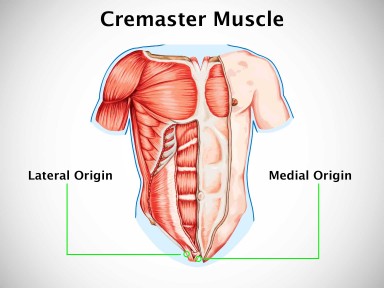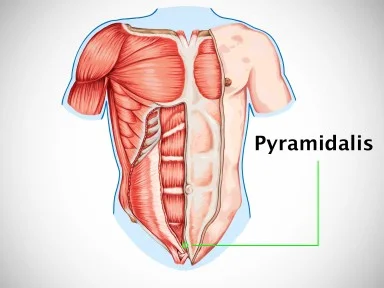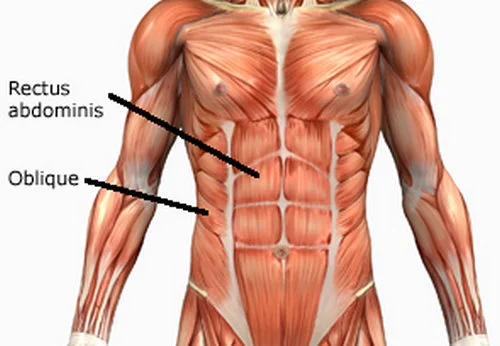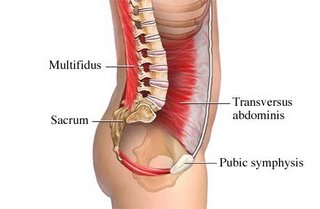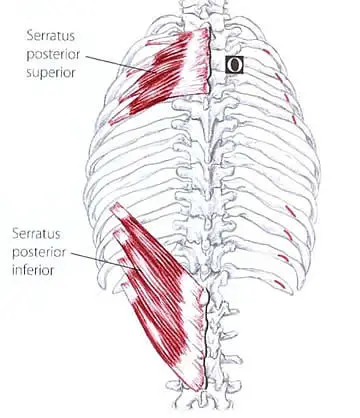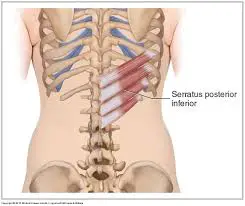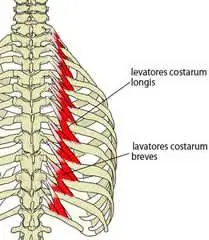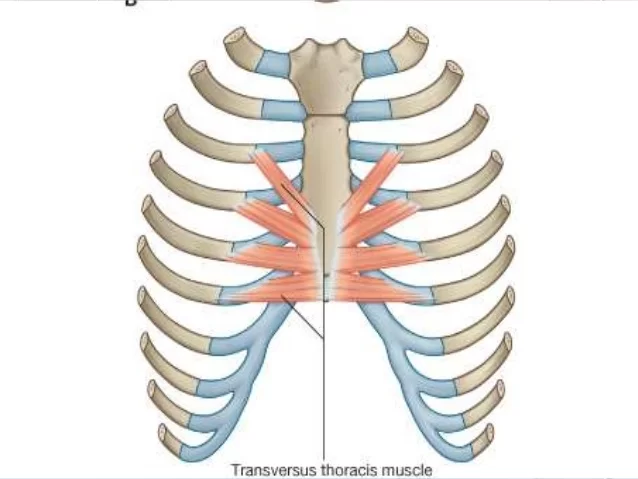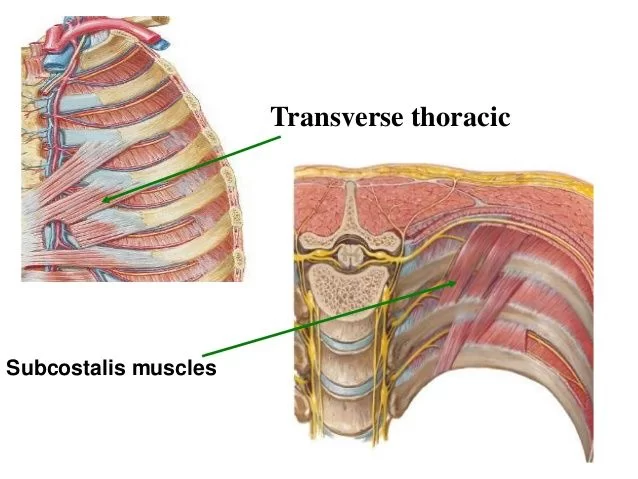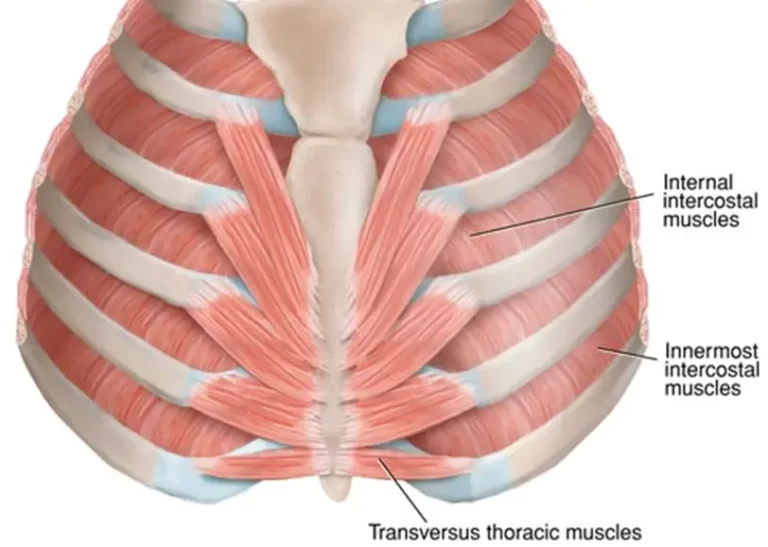Cremaster muscle:
Cremaster muscle is a muscle that covers the testis and the spermatic cord. It is a paired muscle, being one on each side of the body. The cremaster muscle develops to its full extent only in males while in females it is represented by only a few muscle loops. In female humans, the cremaster muscle…

